This is one of 4545 IT projects that we have successfully completed with our customers.How can we support you?

PTA / IT project database / Projekt ID: 2999
Implementation of MaBiS processes (market rules for electricity accounting grid settlement)
Project duration: 6 months
Brief description
Analysis and integration of the MaBiS (market rules for electricity accounting grid settlement) processes in the master data system, using an energy data management system (standard software) that is already in use. The customer, in its role as supplier and party responsible for the accounting grid, is directly involved in the market rules for electricity accounting grid settlement and has to ensure automatic communication with the market participants.
Supplement
The customer's master data application is based on a three-layer, service-oriented architecture (.Net-based thin client, application server, MS SQL 2008). The business processes for the MaBiS process are integrated into the existing application. The necessary enhancements are made to enable mapping of the new data structures. In the context of processing the total time series for accounting grid settlement, measures are first taken to ensure that the user is able to reply to each time series. However, to reduce the workload, an automatic process is developed that uses existing aggregation quantities from the internal EDM system and adjustable tolerance values to determine whether a time series can be accepted or not. Depending on the situation, either an automatic response is sent or the user makes a decision about sending the possible rejection of a time series.
Subject description
In each of the four German control areas, there has to be a guaranteed balancing between feed-in and extraction. To achieve this, accounting grid settlement takes place each month. To make this process more transparent for the market participants, the BNetzA introduced MaBiS on April 1, 2011. In the role of the party responsible for the accounting grid (known as the BKV), the customer bears economic responsibility for deviations between the feed-in and extraction. Using the GPKE, the quantities in a distribution network that need to be balanced have to be correctly reported to and registered with the transmission provider, so that it can forward the quantity to the relevant BKV. If there are any discrepancies in the quantity allocation for a distribution network, the BKV can trigger a clearing process. If the network operator does not submit the correct accounting grid totals on time, the transmission provider has to wait for the BKV approval before using the quantity in the settlement total.
Overview
- Branchen energy
- Fachaufgaben accounting grid management, energy data management, energy supply, power trading
- DV-Aufgaben customised software further development
- Systemumgebungen Client/Server
- Vorgehensmodell customer standard
- Entwicklungs- und Testtool MS Visual Studio
- Betriebssysteme Windows Server 2008, Windows Vista
Project period01.02.2011 - 08.08.2011
Have we sparked your interest?

Contact
PTA GmbH Head Office
Weberstraße 2-4
D-68165 Mannheim
© Copyright 2024 PTA GmbH | All rights reserved | Imprint | Privacy | Legal notice | Values & Code of Conduct
